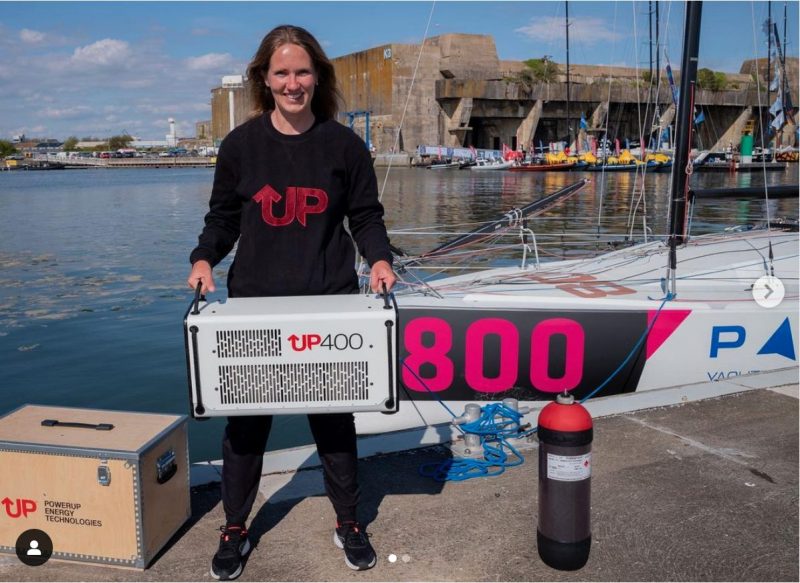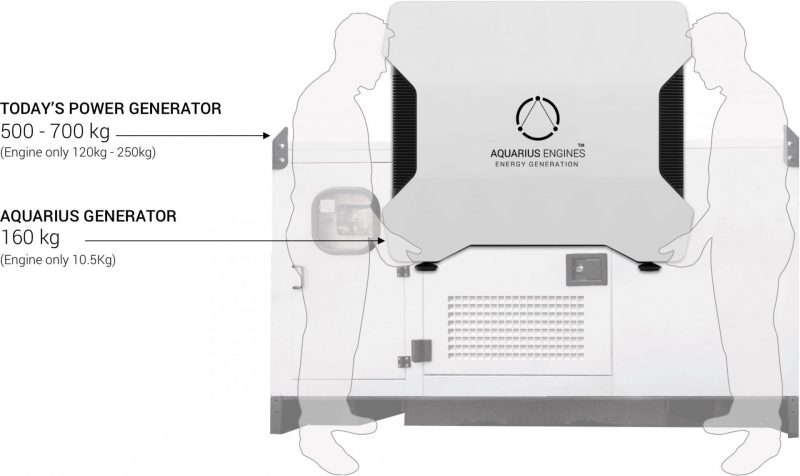
Meet the Companies Building a Green Future for Sailboat Engines
One of the reasons sailors connect to the planet differently is the limited amount of non-renewable energy sailors can or want to carry with them. They therefore seek to be energy efficient and self-sufficient. Sailors appreciate being powered by the wind, and many are endlessly curious about innovative energy solutions such as wind power, solar power, hydropower, fuel cells and more. We’ve been checking out a few innovations that could add more sustainability to the world of sailing.
Alameda-headquartered company Sila is utilizing a market-proven nanocomposite silicon anode, named Titan Silicon™, to create improved performance and longevity in lithium-ion batteries. Starting with consumer electronics, the technology is now being introduced to electric vehicles, such as the Mercedes-Benz G-Class series.
Using alternate sources from which to power batteries, Palo Alto startup Noon Energy Inc. is developing a rechargeable battery that turns solar and wind electricity into on-demand power.
In Berkeley you’ll discover the USA base for PowerUP Energy Technologies Inc. The company focuses on developing portable, green energy and currently produces a series of hydrogen fuel cell-based generators. The UP series generators are promoted as being lightweight, user-friendly, safe electrical power sources that provide entirely green electricity for appliances. Plus they can charge smartphones, lights, GPS and many other devices, and are suitable for indoors and outdoors.

Chris Boome gave us the ‘heads up’ on this last company based in Israel. Though not in the Bay Area, their work is also of interest to us in that they produce the Aquarius Engines™ power generator — a “Two Sided Free piston Linear engine (FPLE), generating two positive work events with a single piston each time, connected to two Linear Generators.” Or, put simply, “an electric generator combined with an internal combustion engine.” Here are some easily relatable facts:
- Gasoline or NG, LPG, CNG fuel — runs on synthetic, bio, and fossil fuels within the same engine
- Significantly lower weight, size, volume, cost — 23lb; 124 x 58.5 x 108cm.
- Only 2% loss due to friction (regular engine 15%)
- Low frequency — reduces wear = increased durability and life time expectancy
- Reduces generator downtime
- Single or clusters of generators configuration
- Maximizing continuous motion by longer expansion stroke for high Efficient conversion of mechanical energy to electricity
- Aquarius Engines has partnered with Israeli company Galooli to transition this generator into a “smart, remotely operated and optimized energy asset that can be monitored and managed from anywhere, at any time.”

Check out this video for more information:
All of the above are interesting and exciting innovations for the energy and transport industry, and with time, we expect they will become more available to the marine industry, and eventually, all sailors. Read more about “green energy” in sailing in Latitude 38‘s April 2022 issue.
In the meantime, “Sun’s up, sails up!”
Have a great weekend, readers!
